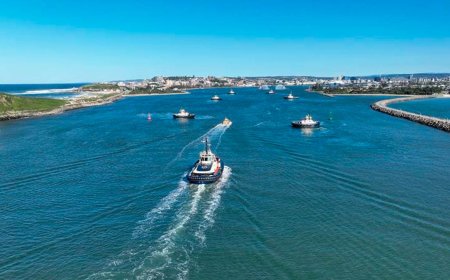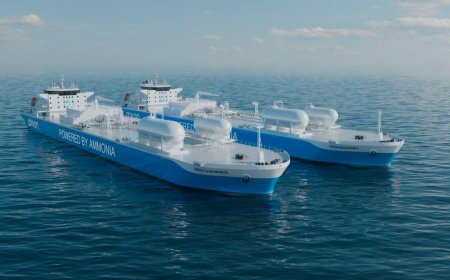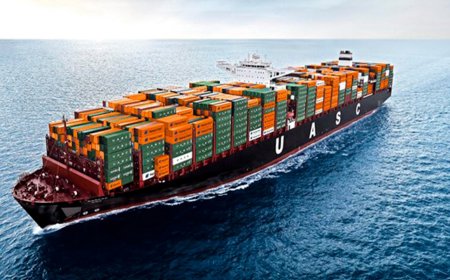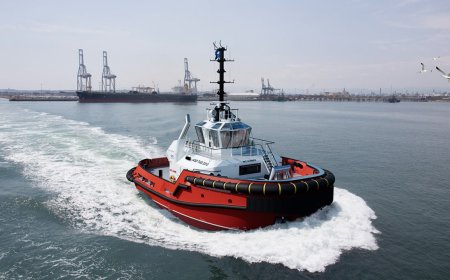Turkish ‘sea snot’ crisis prompts cholera fears and threatens aquaculture
A mucus-like substance known as “sea snot” is blanketing the shores near Istanbul after covering huge areas of the Marmara Sea, threatening sea life and prompting warnings that it could bring deadly diseases in its wake.
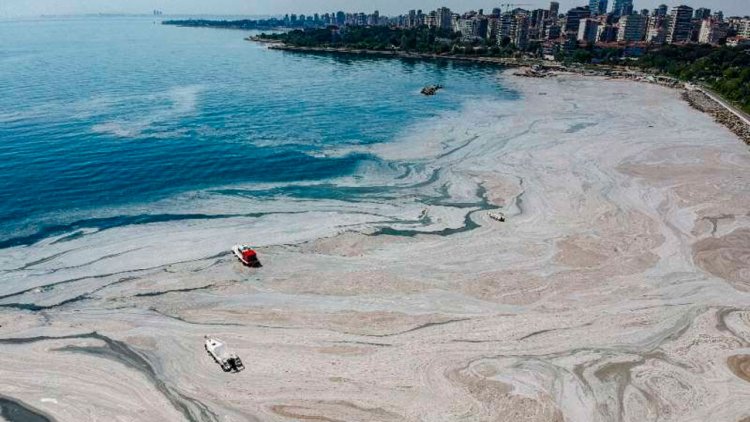
The problem is particularly acute in the Gulf of Izmit, southeast of the city, with fishermen unable to work because they cannot operate motors or nets in the sludge.
The brown, viscous substance is a mixture of fat, carbohydrates and protein emitted by tiny phytoplankton, which multiply rapidly when chemical pollutants and sewage are pumped into the water. It kills sea life by blocking out vital sunlight and, as it sinks, coats the sea floor and accelerates the decomposition of creatures.
The phytoplankton responsible grow out of control when nutrients such as nitrogen and phosphorus are widely available in seawater. Rising sea temperatures add to the problem. Divers have reported large numbers of fish dying, and say that marine life has been forced to seek refuge in small holes or other forms of aquatic shelter.
Experts have also warned that the substance provides fertile ground for dangerous bacteria, including cholera. Istanbul has suffered from frequent cholera epidemics in its history. The most recent, in 1970, left 50 people dead and thousands more infected.
Turkish Environment Minister Murat Kurum said that a 300-strong team had been sent to tackle the “sea snot” problem. However, the rapidly multiplying plankton quickly recovered from attempts to sweep it away.
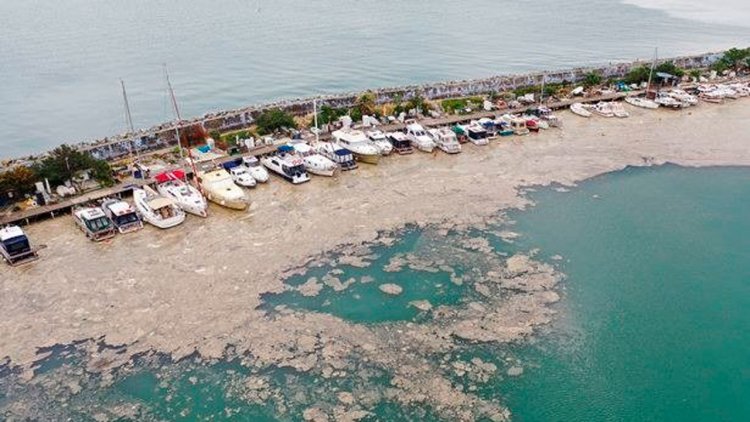
Photo: Reuters
Potentially lethal marine algae blooms have not increased in number over the last three decades, but pose a serious threat to aquaculture, according to a UN global assessment released Tuesday.
Climate change is not thought to play a role, according to the unprecedented analysis of nearly 10,000 algae blooms from 1985 to 2018. A sharp increase in the poisoning of farmed fish and shellfish worldwide had led to speculation that toxic algae blooms were on the rise.
But such incidents stemmed more from an increase in fish farming itself, which grew 16-fold over the 33-year period. About five percent of the world's 5,000 species of algae can cause blooms that have negative effects on humans.
These range from poisonings due to eating toxic shellfish to outbreaks of off-putting marine mucilage like the one clogging waters off Istanbul. Also relatively rare but exceedingly costly are deadly incidents in which algal blooms invade fish farms.
According to the National Oceanic and Atmospheric Association, the underlying causes of algae blooms are poorly understood.


